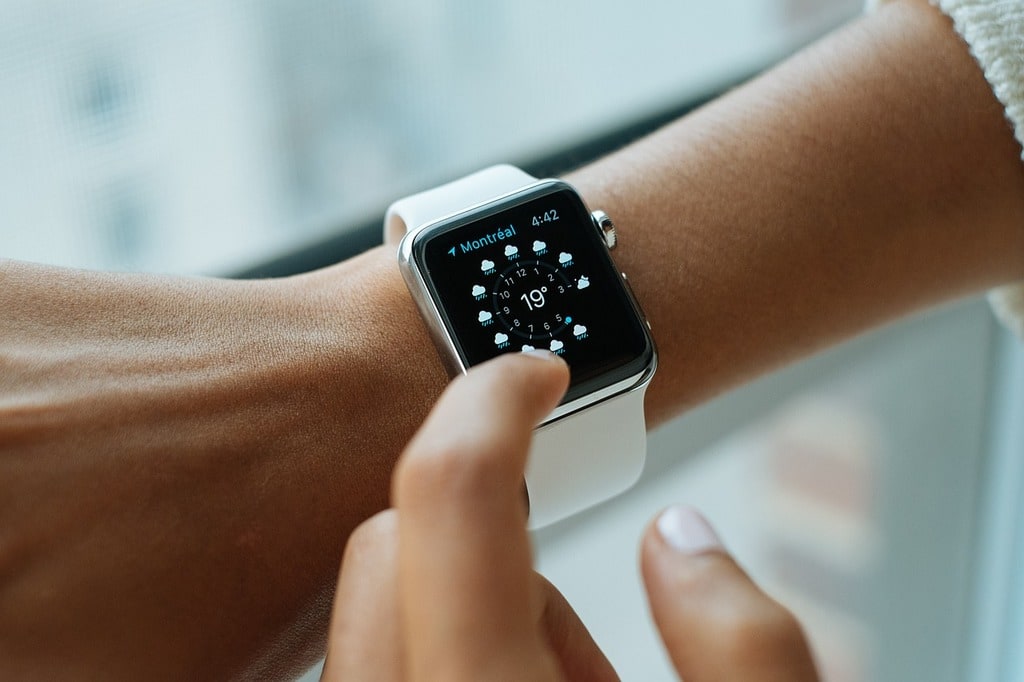
Exploring the future of wearable technology
Wearable technology is swiftly evolving, intertwining seamlessly with our daily lives, and promising a future where our devices become integral extensions of ourselves. This transformation is driven by advancements in miniaturization, sensor technology, and connectivity. From smartwatches and fitness trackers to augmented reality glasses and smart fabrics, wearables are set to revolutionize the way we interact with the world.
Future Trends in Wearable Technology
As wearable technology advances, several trends are emerging that will shape the future of this dynamic field. These trends are not just about the gadgets themselves but also about how they will integrate with broader technological ecosystems and impact various aspects of life.
One of the most significant trends is the development of health monitoring devices. Current wearables can track steps, heart rate, and sleep patterns, but future devices will be capable of monitoring a much wider range of health metrics. This will include blood pressure, glucose levels, and even stress indicators, providing users and healthcare professionals with a comprehensive overview of an individual’s health.
Enhanced Connectivity and Integration
Wearable technology is becoming more interconnected with other devices and systems, facilitating seamless data transfer and enhanced user experiences. The integration with Internet of Things (IoT) networks allows wearables to communicate with smart home devices, cars, and even urban infrastructure. This connectivity will enable wearables to provide more contextual and personalized information, making everyday tasks easier and more efficient.
For instance, a smartwatch might automatically adjust your home’s thermostat based on your body temperature and activity level, or your fitness tracker could sync with your smart refrigerator to suggest healthy meal options based on your dietary goals. This level of integration requires robust data security measures to protect user privacy and sensitive information.

Advancements in Augmented Reality
Augmented Reality (AR) wearables are poised to become more prevalent, offering immersive experiences that blend the digital and physical worlds. AR glasses and contact lenses will overlay digital information onto the real world, enhancing everything from navigation and education to gaming and professional training.
Imagine walking through a city and seeing real-time translations of street signs, historical information about landmarks, or directions to the nearest café. In professional settings, AR can provide hands-free access to complex schematics for engineers or real-time data analysis for medical professionals during surgeries. These advancements will require powerful processors, sophisticated software, and intuitive user interfaces to be truly effective.
Wearable Technology in Healthcare
The healthcare sector stands to benefit immensely from wearable technology. Future devices will not only monitor vital signs but also predict and prevent health issues before they become severe. This proactive approach to health management can lead to significant improvements in patient outcomes and reduce the burden on healthcare systems.
Wearable devices can alert users to potential health risks, remind them to take medications, and provide valuable data to doctors for more accurate diagnoses and personalized treatment plans. The integration of Artificial Intelligence (AI) with wearables will further enhance their capabilities, allowing for real-time analysis of health data and early detection of anomalies.
Innovations in Smart Fabrics
Smart fabrics represent an exciting frontier in wearable technology. These textiles have embedded sensors and electronics that can monitor various physiological and environmental parameters. Applications range from athletic wear that tracks performance metrics to clothing that adapts to environmental conditions, such as temperature or humidity.
For example, smart fabrics can help athletes optimize their training by providing detailed feedback on their movements and physiological responses. In extreme environments, these fabrics can protect wearers by regulating temperature or alerting them to hazardous conditions. The development of flexible, durable, and washable electronic components is essential for the widespread adoption of smart fabrics.
Here are some key features and potential applications of wearable technology that highlight its transformative potential:
- Health Monitoring: continuous tracking of vital signs, stress levels, and other health metrics.
- Augmented Reality: enhanced navigation, education, and gaming experiences through AR glasses.
- Smart Fabrics: clothing that adapts to environmental conditions and monitors physical performance.
- Seamless Integration: wearables that connect with smart home devices and IoT networks for personalized experiences.
- AI Integration: real-time data analysis and predictive health monitoring through AI-powered wearables.
Challenges and Ethical Considerations
As wearable technology becomes more pervasive, it raises several challenges and ethical considerations. One of the main concerns is data privacy. Wearables collect vast amounts of personal data, and ensuring this information is securely stored and transmitted is paramount. Users must trust that their sensitive health and personal information is protected from unauthorized access and misuse.
Another challenge is the digital divide. Access to advanced wearable technology may be limited by socioeconomic factors, potentially exacerbating existing inequalities. Ensuring that wearable technology is accessible and affordable to a broad population is essential for its benefits to be realized universally.
Finally, there is the issue of dependency. As people become more reliant on wearable devices for health monitoring and daily tasks, there is a risk of over-reliance, where individuals might trust their devices more than their own judgment or medical advice.
Looking Ahead
The future of wearable technology is incredibly promising, with innovations that will significantly impact various facets of life. As these devices become more advanced and integrated into our daily routines, they will not only enhance convenience and efficiency but also empower individuals to take control of their health and well-being.
By addressing the challenges and ethical considerations, the potential of wearable technology can be fully realized, leading to a future where technology is seamlessly woven into the fabric of our lives, offering unprecedented opportunities for improvement and growth.